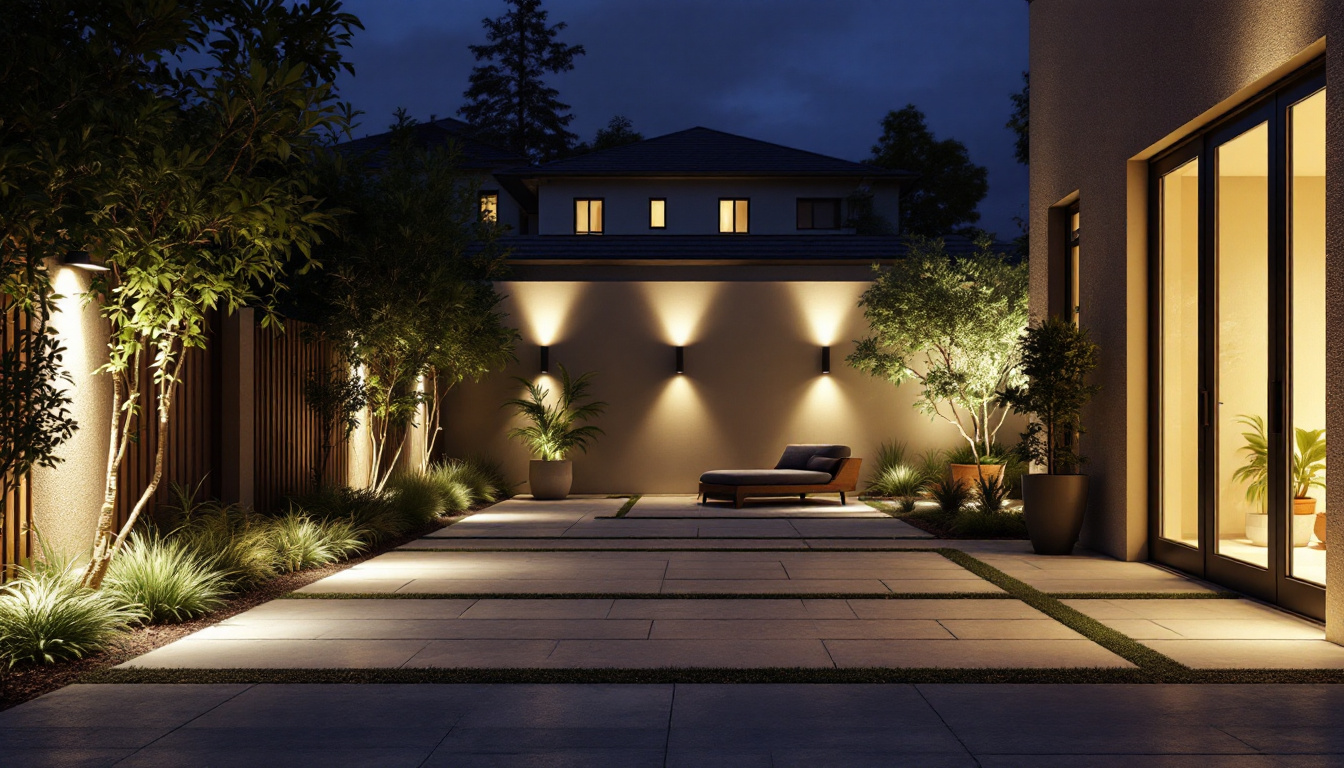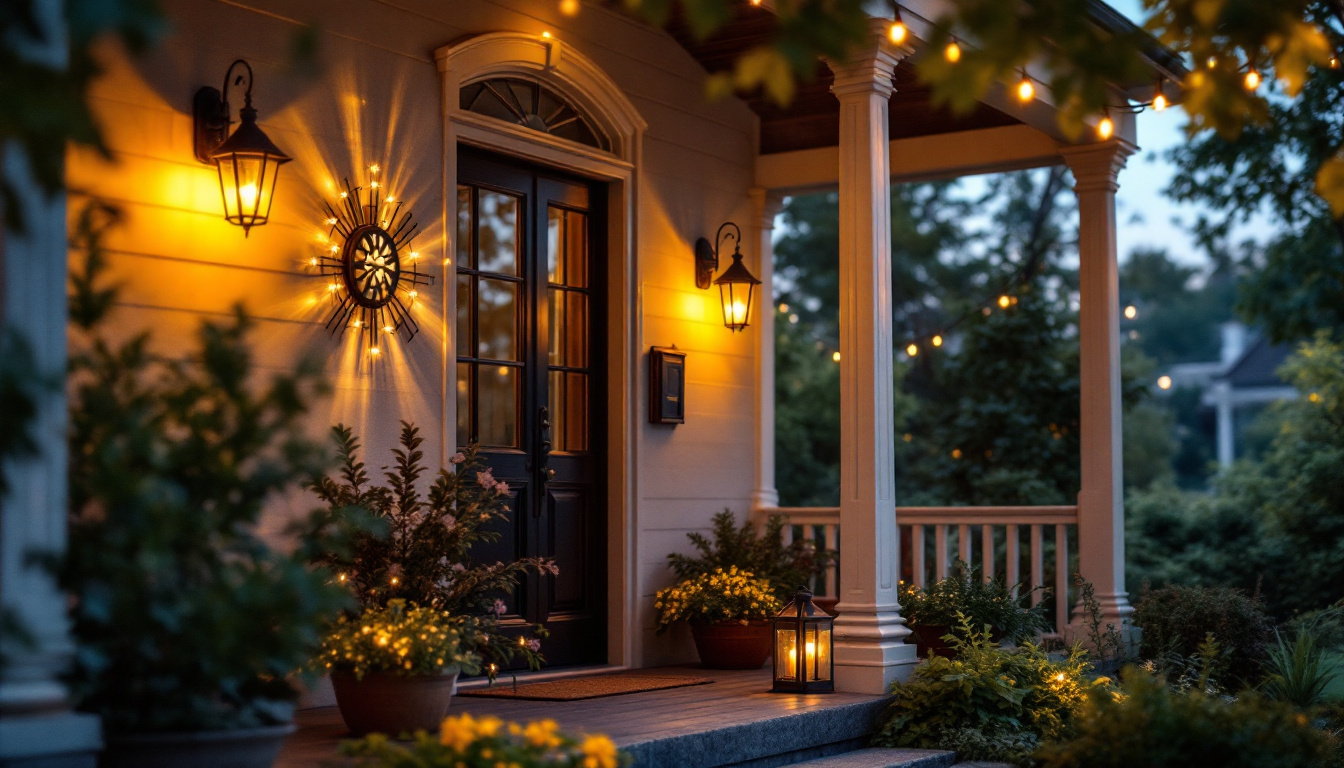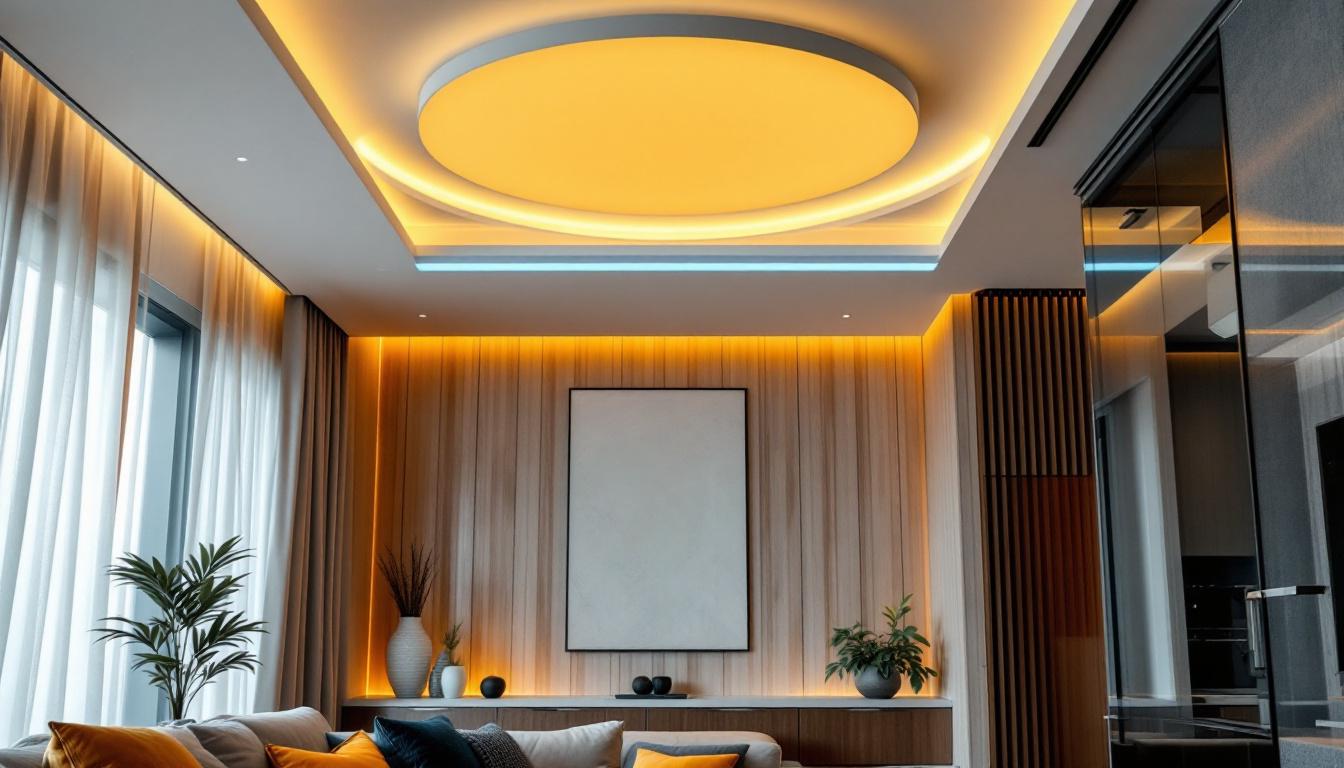
In the world of exterior LED lighting, contractors face a myriad of challenges that can lead to costly mistakes. Whether it’s a residential project or a commercial installation, understanding the common pitfalls can help ensure a successful outcome. This article delves into the frequent errors made by lighting contractors, offering insights and solutions to enhance project efficiency and client satisfaction.
One of the most significant mistakes contractors make is diving into a project without thorough planning and design. Rushing this phase can lead to miscalculations in lighting needs and placement.
A comprehensive site analysis is crucial. Factors such as the landscape, existing structures, and the intended use of the space should all influence the lighting design. Failing to consider these elements can result in poor lighting distribution and ineffective illumination.
Contractors should take the time to evaluate the site during different times of the day. This allows for a better understanding of natural light conditions and shadows, which can significantly impact the effectiveness of LED lighting. Additionally, understanding the topography and vegetation can help in selecting the right fixtures and their placements, ensuring that the lighting complements the natural beauty of the landscape while also serving its functional purpose.
Clients often have specific visions for their outdoor spaces. Ignoring their preferences can lead to dissatisfaction, even if the technical aspects of the installation are flawless. Engaging with clients during the design phase ensures their needs and desires are met.
Effective communication and collaboration can help contractors tailor their designs to align with client expectations, resulting in a more harmonious outcome. Moreover, incorporating client feedback not only enhances the final product but also fosters a sense of ownership and pride in the project. This can be achieved through regular updates and design reviews, where clients can visualize the proposed changes and suggest modifications, ensuring that the end result is a true reflection of their vision.
In today’s rapidly evolving technological landscape, underestimating the role of advanced tools and software in the planning and design process can be detrimental. Utilizing design software that allows for 3D modeling and simulations can provide invaluable insights into how lighting will look and function in the actual space. These tools can help identify potential issues early on, allowing for adjustments before installation begins.
Furthermore, staying updated with the latest trends in smart lighting solutions can enhance the project significantly. Integrating smart technology not only improves energy efficiency but also offers clients customizable options for controlling their lighting systems, making the space more versatile and user-friendly. By embracing these technological advancements, contractors can elevate their designs, ensuring they meet modern standards and client expectations.
Another common mistake is selecting inappropriate fixtures for the project. The right fixtures not only enhance aesthetics but also ensure functionality and longevity. A well-chosen fixture can serve as a focal point in a design, drawing the eye and creating a sense of harmony within the space. Conversely, a poorly selected fixture can detract from the overall design and lead to dissatisfaction.
Exterior lighting fixtures must be durable and weather-resistant. Using indoor fixtures outdoors can lead to premature failure due to exposure to moisture, UV rays, and temperature fluctuations. Contractors should prioritize fixtures rated for outdoor use to avoid these issues. Furthermore, the placement of these fixtures is equally important; positioning them in sheltered areas can prolong their lifespan and maintain their aesthetic appeal.
Additionally, the choice of materials is vital. Fixtures made from corrosion-resistant materials like stainless steel or aluminum can withstand harsh weather conditions and require less maintenance over time. Beyond just the material, the finish of the fixture can also impact its durability. Powder-coated finishes, for instance, can provide an extra layer of protection against the elements, ensuring that the fixtures retain their color and integrity for years to come.
LED technology is celebrated for its energy efficiency, but not all LED fixtures are created equal. Contractors should ensure they are selecting high-quality, energy-efficient products that meet the project’s needs. This not only benefits the environment but also helps clients save on energy costs. Moreover, energy-efficient fixtures often come with longer lifespans, reducing the frequency of replacements and the associated labor costs.
Understanding the specifications of LED products, including lumens per watt and color temperature, can guide contractors in making informed choices that enhance both performance and energy savings. It’s also essential to consider the lighting design as a whole; incorporating dimmers and smart controls can further optimize energy use and create a customizable lighting experience for the end user. By taking these factors into account, contractors can ensure that their lighting solutions are not only effective but also sustainable and cost-efficient in the long run.
Even the best fixtures can underperform if not installed correctly. Installation mistakes can lead to uneven lighting, safety hazards, and increased maintenance costs.
Accurate measurements are essential for effective installation. Miscalculating distances between fixtures can result in dark spots or overly bright areas, diminishing the overall aesthetic appeal. Contractors should take the time to measure and mark locations before installation begins.
Using tools like laser distance measurers can enhance accuracy and efficiency, ensuring that fixtures are placed precisely where they are needed.
Every region has specific codes and regulations governing outdoor lighting installations. Failing to adhere to these can lead to fines, project delays, or even the need for costly rework. Contractors should familiarize themselves with local regulations before commencing any project.
Consulting with local authorities or industry associations can provide valuable insights into compliance requirements, ensuring that installations are both safe and legal.
Maintenance is a critical aspect of any lighting project, yet it is often overlooked during the planning and installation phases. A lack of foresight can lead to increased costs and client dissatisfaction down the line.
When installing exterior lighting, contractors should consider how easy it will be to access fixtures for maintenance. Fixtures placed in hard-to-reach areas can complicate bulb replacements and cleaning. Planning for accessibility can save time and effort in the future.
Incorporating adjustable fixtures or selecting locations that allow for easy access can enhance the longevity and performance of the lighting system.
Establishing a regular maintenance schedule is essential for keeping exterior lighting systems in optimal condition. Contractors should educate clients about the importance of routine checks, including cleaning lenses and replacing burnt-out bulbs.
Providing clients with a maintenance checklist can empower them to take proactive steps in caring for their lighting systems, ultimately prolonging their lifespan and performance.
Lighting control systems play a vital role in enhancing the functionality and efficiency of exterior LED lighting. However, many contractors underestimate their importance, leading to missed opportunities for optimization.
Automated lighting systems can significantly improve energy efficiency and user convenience. Features like motion sensors, timers, and dimmers can help reduce energy consumption and extend the life of LED fixtures. Contractors should consider integrating these technologies into their designs.
Educating clients about the benefits of automation can also enhance their overall satisfaction with the lighting system, making it a worthwhile investment.
Every client has unique preferences and needs when it comes to lighting control. Offering customization options, such as smartphone control or programmable settings, can elevate the user experience. Contractors should explore various control systems and present clients with tailored solutions that fit their lifestyles.
By providing options, contractors can differentiate themselves in a competitive market and foster stronger client relationships.
Safety is paramount in any lighting installation, yet it is often an afterthought for many contractors. Ignoring safety measures can lead to accidents and liability issues.
Proper wiring is essential for the safe operation of exterior lighting systems. Contractors should ensure that all wiring is rated for outdoor use and installed according to local codes. Exposed or improperly installed wiring can pose serious safety hazards.
Using weatherproof connectors and enclosures can further enhance safety and reliability, preventing potential electrical issues in the future.
Exterior lighting installations should not create additional hazards for pedestrians. Contractors must be mindful of fixture placement and wiring routes to avoid trip hazards. Ensuring that all installations are flush with the ground or properly elevated can help maintain a safe environment.
Conducting a thorough safety inspection before project completion can help identify and address any potential hazards, ensuring a safe and functional outdoor space.
Effective communication is the backbone of any successful project. Poor communication can lead to misunderstandings, dissatisfaction, and ultimately, lost business.
From the outset, contractors should establish clear expectations regarding project timelines, costs, and outcomes. Ambiguity can lead to frustration on both sides, so it’s essential to be transparent about what clients can expect throughout the process.
Regular updates during the project can also keep clients informed and engaged, fostering a sense of trust and collaboration.
Once a project is completed, the relationship with the client shouldn’t end. Providing post-installation support, such as troubleshooting assistance and maintenance guidance, can enhance client satisfaction and encourage referrals.
Offering follow-up visits or check-ins can demonstrate a commitment to quality and customer service, setting contractors apart from competitors.
Exterior LED lighting projects present numerous opportunities for contractors, but they also come with their fair share of challenges. By being aware of common mistakes and implementing best practices, contractors can enhance their project outcomes and client satisfaction.
From thorough planning and design to effective communication and maintenance considerations, each aspect of the project plays a critical role in its success. By avoiding these common pitfalls, lighting contractors can build a reputation for excellence and reliability in the industry.
Ultimately, a commitment to continuous learning and improvement will not only benefit contractors but also elevate the overall quality of exterior LED lighting installations.
Don’t let common mistakes compromise your exterior LED lighting projects. Choose LumenWholesale for your lighting needs and gain the edge with our spec-grade products at wholesale prices. Say goodbye to unnecessary markups and hello to a vast selection of industry-standard lighting solutions that promise reliability and high performance. With free shipping on bulk orders, LumenWholesale is your go-to source for quality lighting that meets your budget and exceeds expectations. Elevate your installations and delight your clients by choosing the best value in lighting. Wholesale Lighting at the Best Value is just a click away.

Discover the pivotal role porch lighting plays in enhancing curb appeal and safety.

Discover how ceiling fans can enhance lighting project efficiency in your shop.

Discover essential tips and strategies for lighting contractors to effectively utilize 150-watt lighting solutions.

Discover how in ceiling lighting can future-proof your projects with innovative designs, energy efficiency, and smart technology insights—boost your lighting success today!.